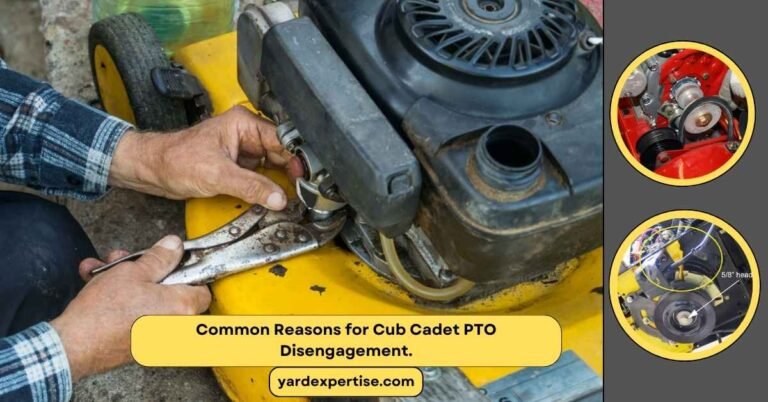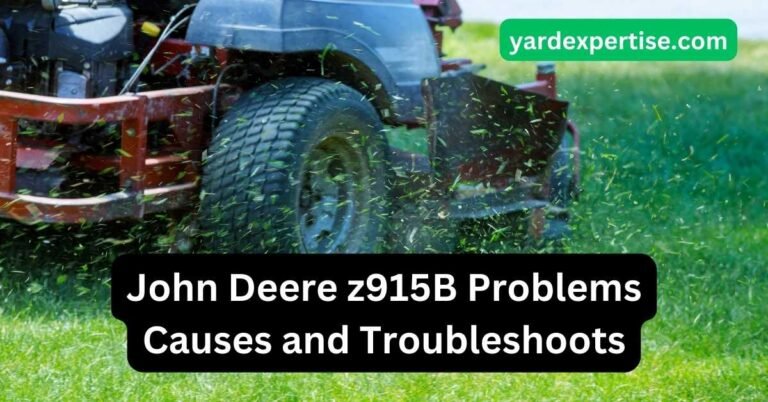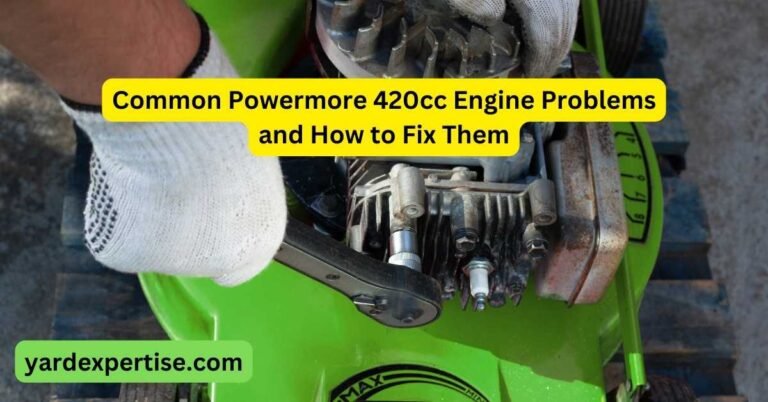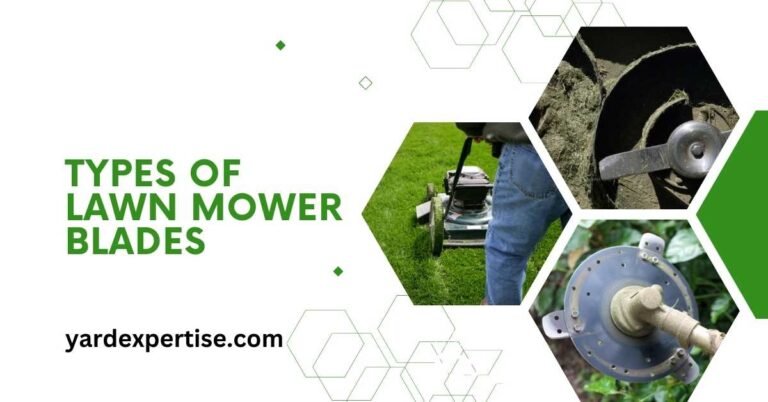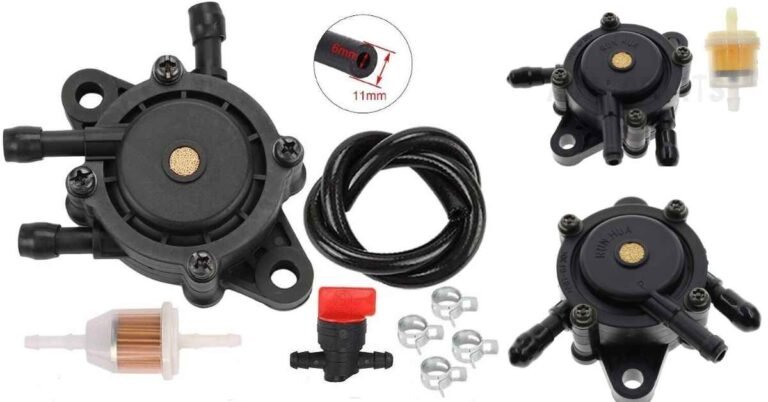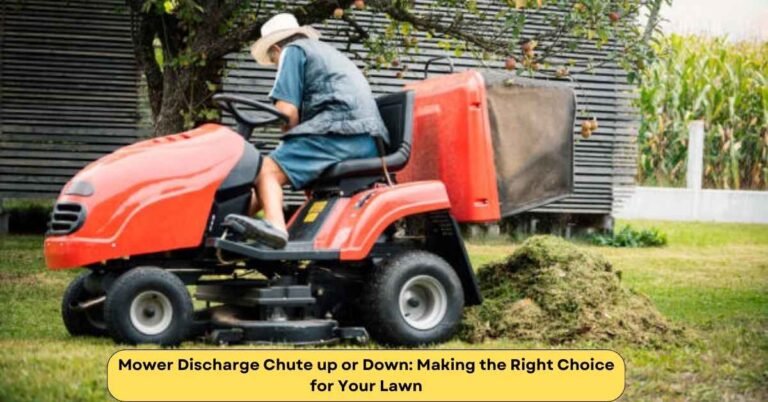9 Common Hydro-Gear ZT-3400 Problems: Causes and Fixes
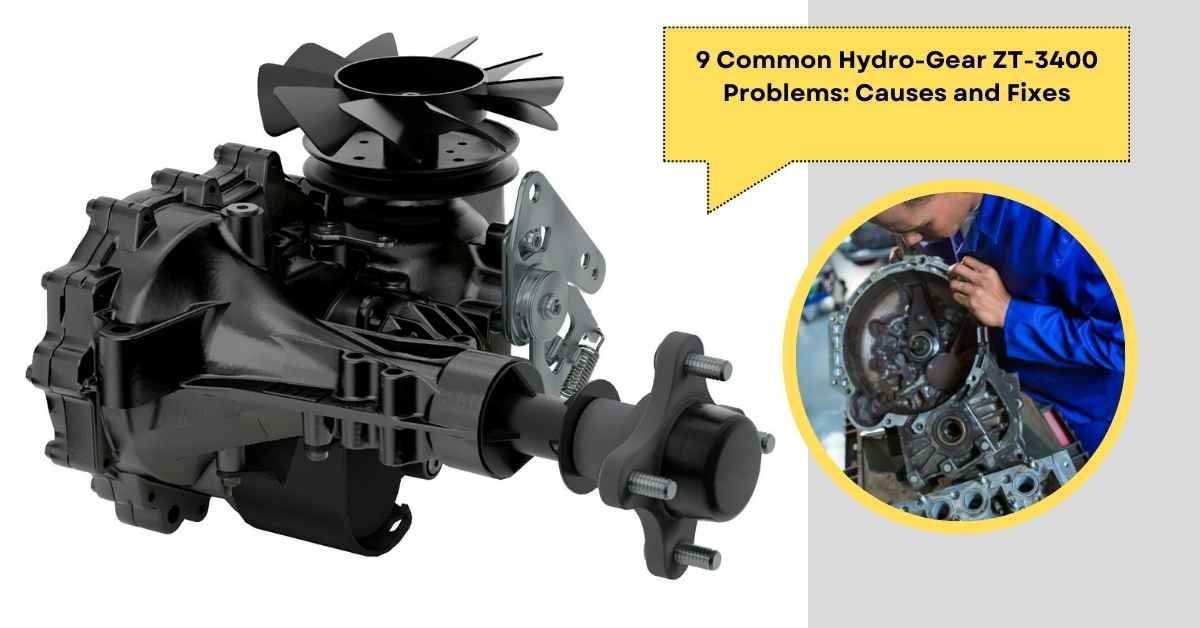
Hydro Gear Zt-3400 is a high quality hydrostatic transaxle which is a perfect choice to be fitted on lawn mowers and other gardening vehicles. The Zt-3400 transaxle uses a variable displacement pump with a maximum displacement of 12 cc per revolution and a motor with a fixed displacement of 16 cc per revolution, enabling it to reverse direction easily and smoothly.
But with time and usage, various problems may arise in this hydrostatic transaxle. You will be able to overcome these issues with the proper guidance and the right tools if such troublesome situations arise.
What Causes Hydro-Gear Zt-3400 Problems?
Damage to one or several components, lack of proper lubrication, debris buildup around the transaxle, air getting trapped in the hydraulic system, excessive loading, improper handling, and many other issues can cause problems in the Hydro Gear Zt-3400 hydrostatic transaxle system. The main reasons behind these problems and their solutions are given below.
Leaking Fluid
Transaxles can leak oil because of two main reasons. Their descriptions and solution is given below.
- Damaged seals, housing, or gaskets: Oil can leak out of the transaxle if any of the seals, housings, or gaskets get damaged or break.
Solution: Replace the seals, housings, or gaskets if they get damaged.
- Air trapped in the hydraulic system: Air bubbles trapped in the hydraulic system can cause fluid leakage. Air decreases efficiency of the transaxle because its compression and expansion rate is higher than the recommended oil.
Solution: Purge the hydraulic system. Before purging, make sure that the oil level is at the proper level. Disengage the brake system. Slowly move the directional control in forward and reverse direction five to six times with the bypass valve open and the engine running. Then slowly move the directional control in forward and reverse direction five to six times with the bypass valve closed and the engine running. Check the oil level and add more oil as required after turning off the engine. Repeat these steps a few more times to completely purge all of the air bubbles trapped in the hydraulic system.
Loss of Power
The common reasons that cause a loss of power or no power are detailed below.
- Incorrect gear position: Loss of power can result from putting the transaxle in the incorrect gear position.
Solution: Shift the gears to the correct position
- Control linkage issue: The machine will lose power if the control linkage gets damaged or breaks.
Solution: Inspect the vehicle control linkage to the directional control arm on the transaxle. Make sure that the control arm is properly fastened to the trunnion arm of the transaxle.
- Drive belt and pulley issue: Broken or bent drive belt and pulley can also cause loss of power in the machine.
Solution: Check the vehicle drive belt, idler pulleys, and idler springs. Ensure that no belt slippage is occurring. Repair or replace the belt and pulley system if it gets too badly damaged.
- Oil level low: Loss of power can also result from a lack of proper lubrication in the transaxle.
Solution: Fill the transaxle to the required level with the right engine oil.
- Excessive loading: The machine can run slow because of excessive loading.
Solution: Reduce vehicle loading.
- Bypass assembly sticking: Bypass assembly getting bent or displaced can cause issues to the machine.
Solution: Repair or replace the bypass assembly.
- Brake engaged: Loss of power can be caused by the brake system being partially engaged during operation.
Solution: Disengage the brake fully. Repair or replace the broken or missing brake return spring.
- Air trapped in the hydraulic system: Air bubbles getting trapped in the hydraulic system causes issues like loss of power because air is less efficient than oil.
Solution: Purge the hydraulic system as described before to fix leakage issues.
Noisy Operation
The common reasons behind noisy operation of the transaxle are given below with proper solutions.
- Oil level low or contaminated oil: Noisy operation is mostly caused by improper lubrication in the transaxle. The parts and gears inside the transaxle make noise when the oil level is not at the correct level or when the engine oil has become too dirty and contaminated.
Solution: Fill the transaxle with clean and high quality engine oil at the correct level and change oil at regular intervals.
- Excessive loading: Excessive loading can also cause unwanted noises coming from the transaxle.
Solution: Reduce vehicle loading.
- Loose parts: Parts like tension springs, nuts and bolts, and screws can make noise if they are loose.
Solution: Check all the parts to ensure that they are tightened properly and tighten them if any of them are loose.
- Bypass assembly sticking: Damaged or bent bypass assembly can also cause noisy operation of the machine.
Solution: Repair or replace the bypass assembly.
- Air trapped in the hydraulic system: Trapped air bubbles in the hydraulic system might be the culprit behind noisy operation.
Solution: Purge the hydraulic system.
- Brake partially engaged: The machine may produce unwanted noise if the brake is partially engaged.
- Solution: Release the brake entirely during operation. Check all the parts of the brake system to see if any of them need repair or replacements.
Overheating
Overheating causes any machine to malfunction and decreases its longevity. Overheating of the transaxle can result from various maintenance issues and faulty parts. The most common reasons behind overheating and their solution is discussed below.
- Debris buildup: With time and usage, debris can build up around the transaxle which can cause overheating issues.
Solution: Clean off the debris from the transaxle.
- Damaged cooling fan: The cooling fan plays the biggest role to keep the transaxle from overheating. With time, dust builds up on the cooling fan that slows it down and can even cause permanent damage.
Solution: Clean and repair the cooling fan properly. Replace it with a spare fan if it becomes beyond repair.
- Oil issue: Low engine oil level or contaminated oil can cause the problems of overheating in the transaxle.
Solution: Fill the transaxle with the recommended high quality engine oil to the correct level. Change the oil regularly to avoid contaminating the oil.
- Excessive loading: Excessive loading can also cause overheating issues as the transaxle has to take excessive load.
Solution: Reduce carrying load.
- Air trapped in hydraulic system: Trapped air bubbles in the hydraulic system might be the reason behind overheating issues as air is less efficient than oil in a hydrostatic transaxle.
Solution: Purge the hydraulic system.
- Brake partially engaged: Brake being partially engaged during operation can cause overheating.
Solution: Disengage the blades fully while operating the vehicle. Check if any of the parts in the brake system is loose or broken and fix or replace them for proper brake functions.
Unit Operates In One Direction Only:
This issue can arise because of the control linkage or the drive belt and pulley.
- Control linkage issue: Vehicle might operate in one direction if the control linkage gets bent, damaged, or out of adjustment.
Solution: Repair or replace the linkage.
- Drive belt and pulley issue: Drive belt and pulley system getting bent, damaged, loose, or out of adjustment can cause the vehicle to move in only one direction.
Solution: Adjust, repair, or replace the drive belts and pulleys.
Vehicle Does Not Drive/Track straight:
The problems of vehicles not driving or tracking straight may be a result of control linkage issue, tire problems, bypass assembly sticking, or the brakes being partially engaged.The causes and solutions to this problem is given below.
- Tire issue: Vehicle will not track straight if the tires are improperly inflated.
Solution: Adjust the tire pressure according to the manufacturer’s guidelines
- Control linkage issue: Control linkage getting bent, damaged, or out of adjustment can cause the vehicle to not drive straight.
Solution: Repair, adjust, or replace the control linkage.
- Bypass assembly sticking: Bypass assembly in incorrect position and setting can also cause this issue.
Solution: Repair, adjust, or replace the bypass assembly.
- Brake partially engaged: Brake systems not being fully disengaged can also cause this issue.
Solution: Make sure that the brak is properly disengaged while operating the vehicle. Adjust, repair, or replace the components of the brake system as required.
Stuck in Gear
Gear getting stuck in one position can be very troublesome while operating a vehicle. The common reasons behind this problem and their solution is discussed below.
- Lack of lubrication: Improper lubrication is the most common reason behind the gears getting stuck.
Solution: Fill the transaxle to the correct level of engine oil and change the oil if it gets contaminated.
- Debris build-up: Debris, dirt, or dust build-up around the transaxle’s exterior may cause the gears to get stuck.
Solution: Clean all the debris, dirt, dust, and junk around the transaxle’s exterior.
- Mechanical issue: Mechanical obstructions can result from broken gear teeths or other components.
Solution: Take the vehicle to a trusted workshop and get the transaxle checked.
Difficulty Shifting Gears
Difficulty while shifting gears can cause permanent damage to the transaxle and makes the overall experience of driving the vehicle unpleasant. The most common reasons behind this problem and their solutions are given below.
- Oiling issue: Improper oiling or contaminated oil in the transmission system can cause issues while shifting gear.
Solution: Fill the oil in the transaxle to the correct level. Change the oil if it gets contaminated.
- Debris build-up: Debris build-up around the transaxle can cause the gear to jam.
Solution: Remove all the debris, dust, and dirt from the exterior of the transaxle.
Vibration
Excessive vibration decreases the longevity of a machine. The common reason behind vibration is lack of lubrication. Check to see if the oil is filled up to the required level in the transaxle. Fill it with clean and high quality engine oil. Change the engine oil if it gets too dirty.
Lack of Responsiveness
Lack of responsiveness stems from the driving belt and pulley system malfunctioning. Fix the belt and pulley system or replace them with spare parts to solve this issue.
Wear and Tear
With time and usage, general wear and tear and damages to the parts of the transaxle is unavoidable. But this can be minimized by ensuring proper maintenance, changing oil regularly, repairing and replacing the parts, and keeping the exterior clean of debris build-up.
How to Diagnose Hydro-Gear Zt-3400 Problems?
Diagnosis of all the problems in a Hydro Gear Zt-3400 can be done by following some simple steps.
- Check the oil level: Most of the time, the problems in the Hydro Gear Zt-3400 arise because of improper lubrication. Before checking any other parts, make sure that the oil level is at the correct level. Change the oil regularly for the best performance. Purge the hydraulic system if any air bubble gets trapped in the oil. Always use high quality engine oil of the required viscosity.
- Check for debris: A lot of issues arise because of debris accumulation on the exterior of the transaxle and the transmission. Clean all the debris, dust, dirt, junk build-up to keep your machine in pristine condition.
- Check for loose parts: Various components like the control linkage, the bypass assembly, drive belt and pulley system, cooling fan, nuts, bolts, and screws come loose with usage. Tighten them properly and repair or replace them if they get damaged.
- Check the brake system: The brake system can cause issues if it remains engaged or partially engaged when the vehicle is being operated. Check the brake system for any faults in any of the parts and repair and replace accordingly.
Can I Replace Hydro Gear Zt 3400 Parts Myself?
No, you can not replace Hydro Gear Zt-3400 parts by yourself. Replacing the parts inside this hydrostatic transaxle is difficult and requires professional handling. Always use verified parts from Hydro Gear when you replace any parts on the machine.
